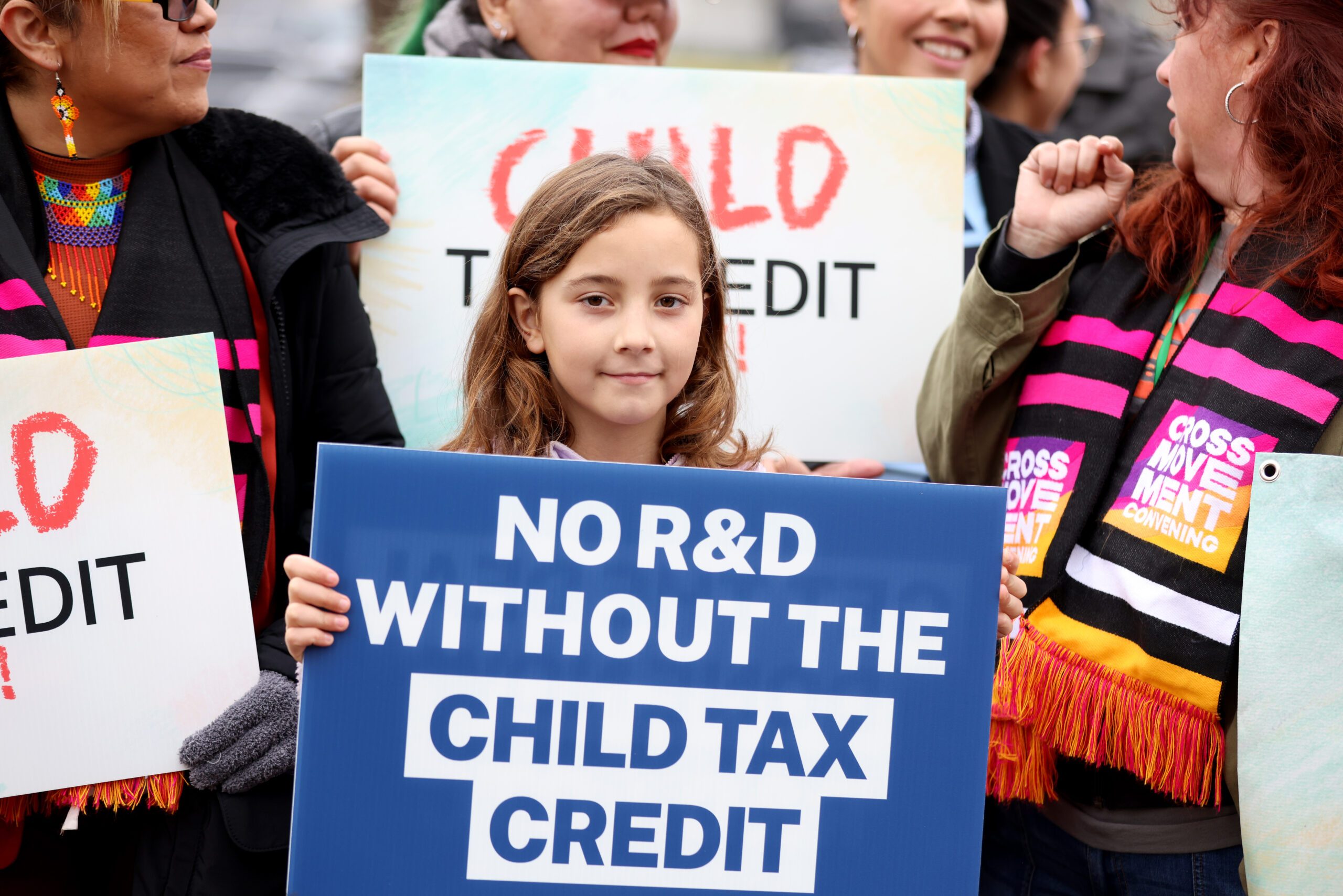Minnesota’s expanded child tax credit program, which includes advance payments and protections against repayment if income increases, aims to provide ongoing financial support to low- and middle-income families, helping reduce child poverty.
Minnesota Expands Child Tax Credit to Reduce Poverty – Advance Payments and Income Protections for Low- and Middle-Income Families
According to the published article of CBS News, last year, Minnesota introduced a new child tax credit program to help reduce child poverty. The credit is $1,750 per child and decreases as household income goes up. In 2023, the average family with two kids received about $2,500. This year, the program was expanded to include protections so families don’t have to pay back the credit if their income increases. Starting in 2025, families can also choose to get some of this credit in advance.
The tax credit is for low- and middle-income families. Single filers can get the full amount if they earn up to $29,500, and married couples up to $35,000. The credit decreases for higher incomes but phases out completely at certain thresholds, which are higher for families with more children. Volunteer tax preparer Amy Fisher shared stories of families who were grateful for the extra money, which helped them manage their finances better.
READ ALSO: 2.5 Million+ Pennsylvanians Rely On Food Stamps, Medicaid: Pennsylvania Lawmakers Seek To Address Surge In Welfare Spending – Check It Now!

$2,500 Boost: Minnesota’s Groundbreaking Child Tax Credit Program Expands to Help 210,000 Families – Reducing Child Poverty! (PHOTO: Minnesota Reformer)
Minnesota Leads with First Advance Child Tax Credit Payments – ‘Safe Harbor’ Protections Aim to Boost Year-Round Financial Support and Reduce Child Poverty
Furthermore, Commissioner Paul Marquart said Minnesota is the first state to offer advance payments of a tax credit. These “safe harbor” protections ensure families won’t owe money back if their income goes up but stays below the phase-out limit. The goal is to make the program more effective by providing financial help throughout the year instead of in a single lump sum at tax time, which helps families stay on top of their bills and reduces child poverty.
READ ALSO: 445,000+ Applications: Pennsylvania Extends Deadline For Property Tax And Rent Rebates For Seniors And Disabled Until December 31 – Check It Now!

















































